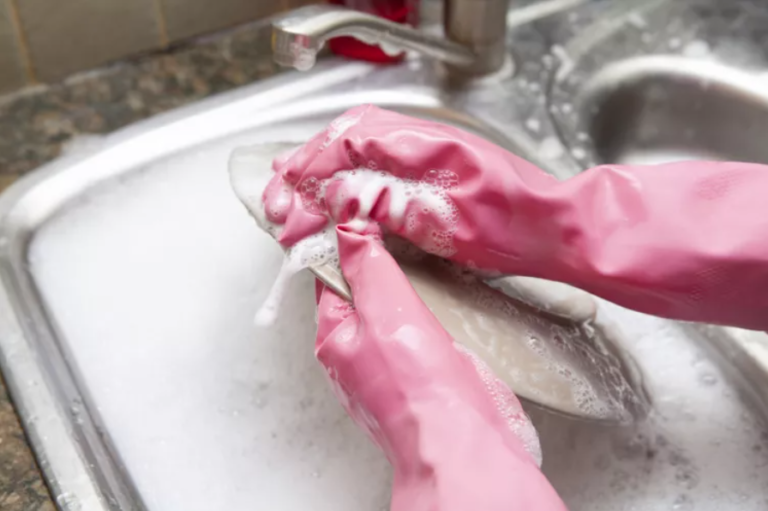
Have you ever stared into the sudsy abyss in your sink and wondered, “Am I doing it right?” Bubbles are beautiful, but do they indicate cleanliness or are they a costly mistake to make? Let’s explore the secrets of dishwashing.
Imagine this: you’re at a dinner, the laughter has died down, and now the dishes are piling up. You reach for dish soap, but what is too much? Cleaning expert Muffetta Krüger says that we are drowning our dishes with soap. This leaves behind not only a trail of bubbles, but also a residue which could be harmful to our health and wallets. Just a few drops of soap on a sponge, or 1-2 teaspoons mixed with water in the sink will do for a sparkling clean.
What if you don’t use enough? Insufficient soap can leave behind a film of grease, grime and bacteria. Most soaps do not kill bacteria, but they help wash them off. It’s not only about the soap, but also the power of hotwater to sanitize.
A cascade of bubbles can also be created by using too much soap. This wastes product and requires extra water to remove the residue. It’s a slippery path that can literally leave a bad taste in your mouth.
Let’s dispel the myth that more bubbles means a cleaner plate. It’s a good thing to have suds, but if they don’t appear then you may not need any more soap. It could be that your soap is doing its job.
In a world of water conservation and financial savings, using the right dish soap is more than a household chore. It’s a responsibility. It’s all about making informed decisions that have a ripple effect on our communities and planet.
As you stand at the sink, suds in your hand, remember: A little goes a very long way. Be the change in the world you want to see, one dish at time. You’ll have not only cleaner dishes, but also a better conscience.
“In the Pao Mo of life it’s not quantity but quality that makes the difference. “